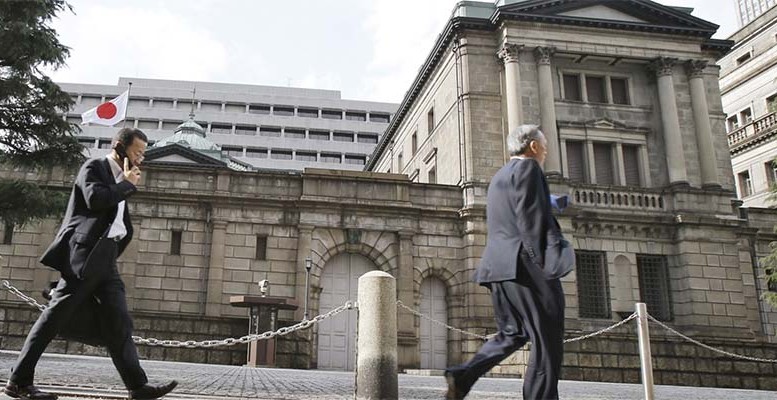“The JPY’s refusal to heed the BOJ’s quest for higher inflation — a consequence of its role as a funding vehicle in the carry trade—has served up a firm reminder of the immense challenges still facing Shinzo Abe’s Japan,” says Bank of New York Mellon senior currency strategist Neil Mellor. In fact, he adds that in its role as a notional safe haven, the JPY has strengthened in response to renewed political and geopolitical uncertainty across the globe.
Recent events in Italy have only compounded growing jitters that emanated from the Korean Peninsula earlier this month. On May 23, President Donald Trump warned there was a “substantial chance ” of his June 12 summit with leader Kim Jong Un not transpiring. And at this point, the JPY joined an already-bid CHF in a steep uptrend that has been fueled in the interim by events in Italy and currency instability in select emerging markets, most notably Turkey.
Politics on the Korean Peninsula “may yet be conducive” to some recovery in market sentiment; but the political uncertainty gripping Italy reflects a high-stakes scenario that seems likely to linger. But politics aside, BNY Mellon’s strategist also notes that “the slide in USD/JPY has also mirrored a fall in US Treasury yields—and their spread over JGBs—which perhaps conveys market assumptions about the Fed’s unease over the status of the thirty-year downtrend.”
The latter’s potential implications for the USD generally is a subject we will return to, but for the moment, it is clear that renewed JPY strength has come at a bad time for the Japanese economy. The fall in first quarter Japanese GDP —the first since 2015 —may be attributed to temporary factors, but any official assurances about inflation are surely held with growing doubt.
As the FT noted in April, the time frame on the BoJ’s pledge to hit 2% inflation has been postponed six times since Abenomics’ launch. Furthermore, the latest CPI data—which dipped to 0.4% y/y from 0.5%—showed that inflation is creeping in the wrong direction.
It is perhaps no wonder, then, that the BoJ has abandoned any reference to a time frame in meeting its target. One mitigating factor is that the market is devoid of the large speculative positions that have often contributed to a marked appreciation in the JPY: CME data show that non- commercial accounts are net short of just 2,700 contracts compared to 122k at the start of the year.
But then, equally, if doubts over the stability of debt holdings (which reflect Japan’s current account surplus) come into question—courtesy of events in the Eurozone, courtesy of doubts about the upside to USTs—therein lies the potential for additional upward pressure on the JPY to complement its ‘safe haven’ status. The BoJ is a central bank caught in a trap between mandates for financial and price stability. But if the JPY continues its advance in the face of stubbornly low inflation, then the Board may come under serious pressure to risk the former for the sake of the latter.





